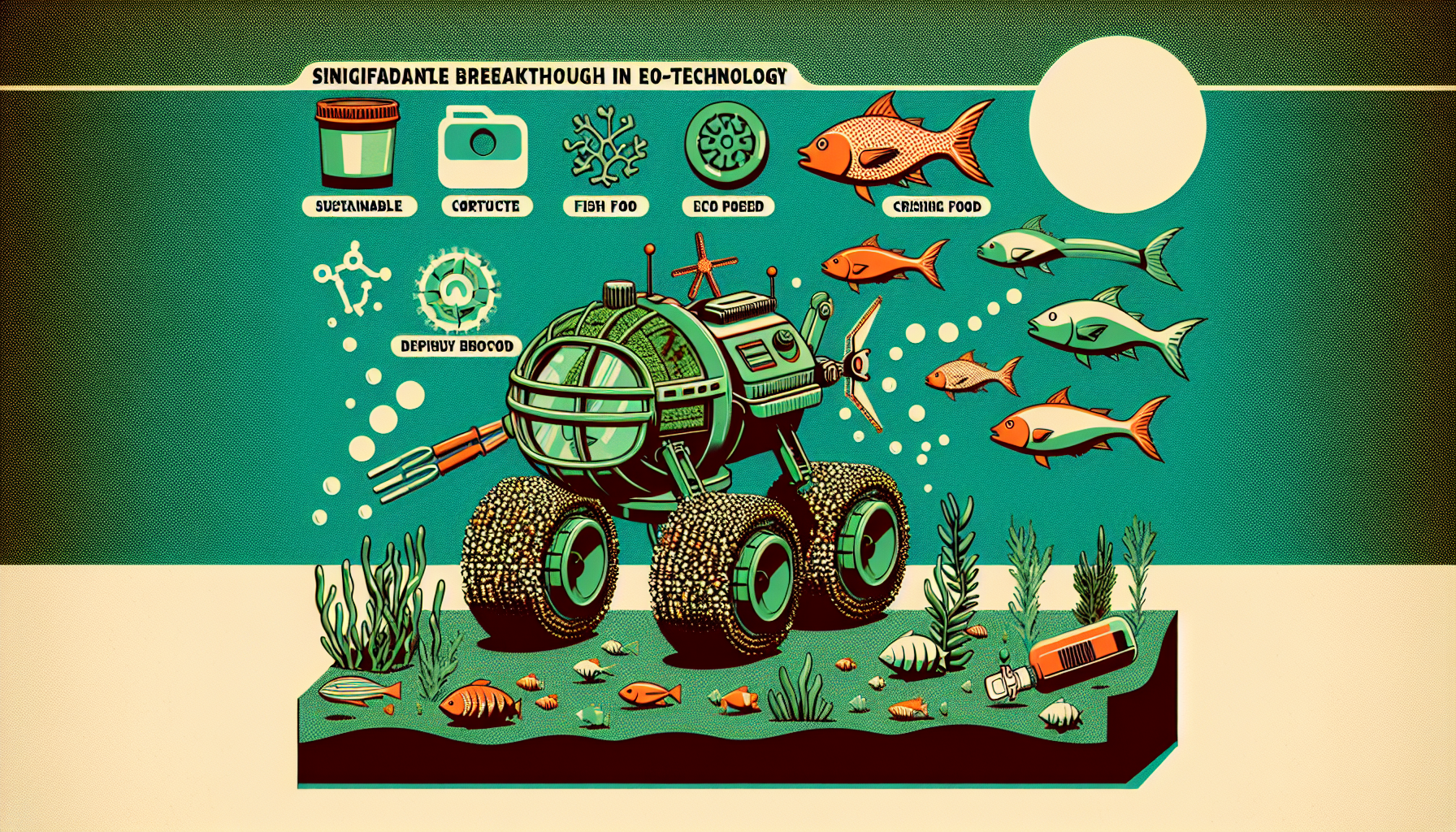An extraordinary development has emerged from the research labs at EPFL: an eco-friendly aquatic robot, built using fish food, designed specifically for our delicate aquatic environments. This innovation is a remarkable stride toward a future where technology works with nature, rather than against it.
Design Rooted in Nature
Measuring about 5 centimeters long, this small robot carries a secret within its construction—its body is made almost entirely from compacted fish food pellets. These aren’t ordinary pellets. They are specially formulated to have more protein and less fat than standard fish food, making the robot not just sturdy enough to glide across water, but also nutritious for wildlife. Should the robot break down or dissolve, it offers itself as food, creating no waste and actually becoming a resource for the creatures around it.
Every part of this robot is designed to blend into its environment gracefully. By choosing only biodegradable materials, the creators ensure their invention leaves no trace of pollution behind, solving a key problem of most conventional robots used in the wild.
The Way It Moves
Inspired by the way small water insects travel, the robot moves across the surface using surface tension and a biodegradable fuel. It doesn’t rely on complicated steering or navigation systems. Instead, its shape subtly encourages it to veer left or right, giving each one a slightly different path. This gentle randomness mimics natural movement and helps these robots scatter themselves across ponds or lakes with ease.
Caring for the Environment
The heart of the robot’s purpose is service to the ecosystem. Hidden inside are tiny, biodegradable sensors that can measure things like the water’s acidity, temperature, pollution, and microorganisms. The data these sensors collect can be shared wirelessly or picked up later, giving researchers a clear window into the health of aquatic environments—all without damaging them in the process.
There are big hopes for what these robots could do. Apart from monitoring, they might one day deliver nutrients or medication to underwater animals, or even provide enrichment for fish and aquatic pets. These ideas are still in the early stages, as scientists continue to investigate the safest and most helpful ways to use them.
A New Chapter for Robotic Fish
The world of aquatic robotics has long explored devices inspired by real fish. Earlier designs have used flexible plastics, special polymers, and metal springs to try to swim and sample water in ways that copy nature. Some of these robots are already helping monitor water quality in farms and wild habitats. What sets the EPFL robot apart, however, is its total commitment to leaving the water exactly as it was found—if not better.
By designing every part to dissolve harmlessly—and even feed local fish and wildlife—the team has solved two problems at once: they bring valuable new data and support for conservation, but also offer an example of true harmony between technology and the natural world.
Toward a Sustainable Future
This humble fish-food robot holds great promise. It could transform how we watch over and care for ponds, lakes, and rivers. It teaches us that robots, too, can be gentle guardians, working quietly to keep our waters thriving without leaving a mark. As more research unfolds, this innovation stands as proof that technology and nature can flourish together, for the benefit of all living things.

Leave a Reply